Why streaming needs subscription bundles
Watching your favorite shows online is getting very, very expensive — but there’s a solution, courtesy of the cable giants of yore

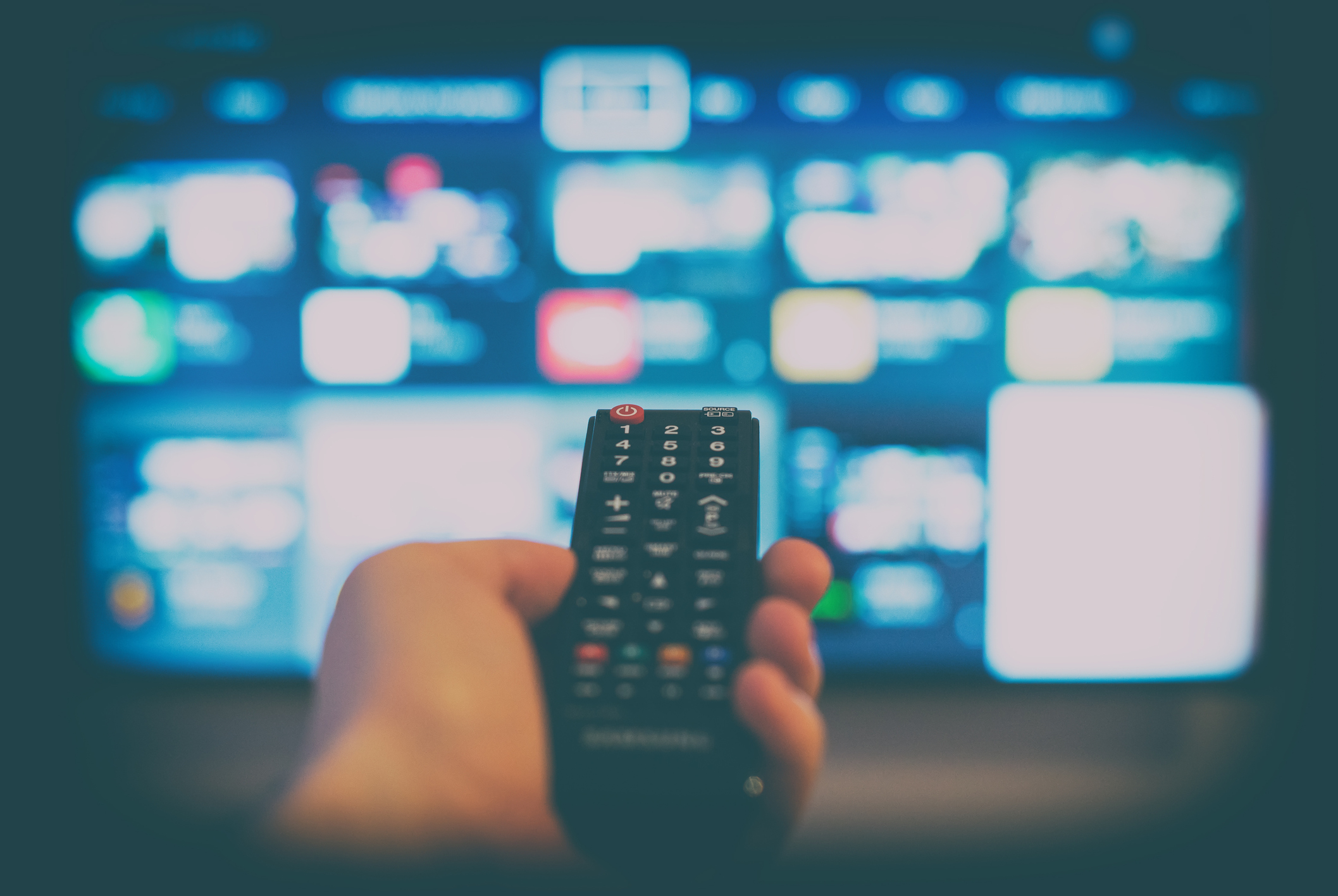
For about a decade now, there's been a lot of talk in the media about cord-cutters: those folks who've given up on cable and satellite TV, and instead get their television mostly from the internet. Thanks to ad-supported network websites and apps — supplemented by behemoth subscription streaming services like Netflix, Hulu, and Amazon — cord-cutters have been able to see most of the TV that everyone's talking about, without having to pay the cable/satellite premium for channels they never watch.
But the golden age of cord-cutting may be coming to an end, as more and more media companies look to move consumers away from the expectation that they can get anything for free. Rather than streaming new shows for nothing on their own sites — or licensing their catalogues to Netflix or its competitors — rights-holders to TV series and movies are inclined today to use what they own to anchor new video-on-demand outlets.
If you're an action/adventure/fantasy TV fan, for example, you may have already subscribed to CBS All Access, a relatively new digital arm that carries a lot of the network's older shows and will soon will be the exclusive home of the much-anticipated Star Trek: Discovery. Meanwhile, the various divisions of Warner Bros. Home Entertainment keep spinning off new niche-marketed services. Like old movies? Pay a few bucks each month to Warner Archive. Like Looney Tunes and Hanna-Barbera? The cable channel Boomerang is now available to stream, for a fee. Like DC Comics superheroes? Next year, Warner's launching a DC-branded VOD channel featuring two new shows, Titans and Young Justice: Outsiders.
The Week
Escape your echo chamber. Get the facts behind the news, plus analysis from multiple perspectives.

Sign up for The Week's Free Newsletters
From our morning news briefing to a weekly Good News Newsletter, get the best of The Week delivered directly to your inbox.
From our morning news briefing to a weekly Good News Newsletter, get the best of The Week delivered directly to your inbox.
The options for home entertainment are getting increasingly stark: Either shell out a lot of money for cable, or pay almost exactly as much to a dozen or so standalone streamers.
Frankly, this seems unsustainable.
Even beyond the cash outlay, it's inconvenient to juggle multiple passwords and recurring bills. Plus, it's a pain just to remember to keep checking for new content. By tradition, TV is a passive medium. Viewers plop down on the couch, push a button, and see what's on. They don't want to have to manage a spreadsheet to keep track of everything they're paying for.
The question then is how creators, distributors, and technological innovators can work together to deliver that kind of simplified experience. The answer may lie in a return to the past, in two surprisingly durable concepts: the DVR and cable TV itself.
A free daily email with the biggest news stories of the day – and the best features from TheWeek.com
The greatest gift to TV watchers in the 21st century has been the DVR — not because of its ability to zap commercials, but because it has made managing the vastness of cable content easier. You just program your box to find and record anything you might want to see, and then with just one or two button-presses, you can check out what's in your queue.
Apple TV has recently tried to emulate the functionality of devices like TiVo by letting cord-cutters organize all of their subscriptions via an app just called "TV." But it doesn't quite work. Every time a new subscription service emerges, it doesn't automatically get added to Apple's "TV." New deals must be struck, and not every media entity is inclined to cooperate. In fact, two of the biggest VOD providers, Netflix and Amazon, can't be accessed via Apple's app. (Netflix's app is available separately on Apple TV; Amazon's isn't.)
These disconnects aren't Apple's fault. Everybody who has a stake in the future of media would rather not help Apple deliver its next iPhone-level success ... or indeed allow anyone to become another industry-dominator like Google, Amazon, or Netflix. And yet the market seems ready for whomever will be the first to deliver an easy-to-use multi-subscription app — the kind where one button takes the user to a DVR-style queue where the latest episodes of Star Trek: Discovery, Titans, The Handmaid's Tale, Game of Thrones, Bosch, and Orange Is the New Black are all ready to watch.
I have a TiVo, which comes close to that ideal. I program it to record my favorite shows off of cable (because I'm not a cord-cutter), and if I wanted to I could also let it keep track of my favorites from Amazon, Hulu, Netflix, and HBO Go. As it happens, I still use my Apple TV for most of my subscriptions, because the video and audio quality is better and the internet connection's more reliable. Also, TiVo doesn't link to everything. If I want to watch something from Acorn, FilmStruck, CBS All Access, or Warner Archive, I have to go to a different device.
What I'd really like to see happen — and what is probably inevitable, as Vox's Todd VanDerWerff points out — is for streaming services to start working together and offering subscription "bundles."
It would make sense, for example, for all the Warner-related outlets to be available as one big package. Even better would be if a company like FilmStruck partnered with the similar arthouse cinema sites Fandor and MUBI. I'm not talking about mergers, per se. But if instead of paying $11 a month to FilmStruck alone I could pay $15 and get Fandor and MUBI added on, or $20 and get Warner Archive too, then that's something I'd consider — especially if I could then manage all that content easily via my Apple TV or TiVo.
There's more than a little irony then to this potential bundling future. One of the whole points of cord-cutting was that it was supposed to free TV viewers from the burden of having to pay for what they don't want. People who don't care one bit about sports have for decades now been sending money to cable companies who then hand over a hefty percentage of that revenue to ESPN. Meanwhile, sports fans gripe that they have to flip past Bravo, Lifetime, and Turner Classic Movies to find the game. It's an inefficient system.
I'm fairly sure, though, that as soon as subscription streaming services start going the wholesale route, we'll once again be living in a media reality where, say, if you want Showtime's streaming option, you'll also have to take CBS All Access, CBS Sports, CW Seed, and the Smithsonian Channel. This is probably the only way that the increased fragmenting of VOD companies is going to work in the long term. Nobody wants to keep adding subscriptions to their bill. But if the CBS Corporation just makes the Showtime subscription more expensive and then throws in everything they've got into the package, then a lot of people will just shrug and click the "pay now" button.
I disagree with VanDerWerff on the particulars of how this future will play out. He believes the big cable companies will manage these bundles, and that cord-cutters will come back into the fold of cable and satellite, paying one bill every month for regular TV plus all the streaming subscription bundles they want. Maybe it's because I live in a smallish city served by a regional cable company (instead of Comcast or Cox or its ilk), but I don't see that as a clear endpoint.
Instead, I think if the bundles themselves become lucrative, then media conglomerates will be incentivized to work with an Apple or Roku or TiVo to make sure their packages are easily purchasable and accessible. And if that happens, then there won't be any one device or app that will destroy the competition. They'll all be similar portals to similar content — like different grocery stores that all carry the same brands of ketchup.
That could ultimately make cord-cutting easier. Right now, several big networks like ESPN require a cable or satellite subscription to access their streaming services; but given that ESPN has been losing cable subscribers at an alarming rate, it may make sense for it to partner with its corporate siblings ABC and Disney on a streaming bundle.
This could be what TV-watching is like five years from now. If you have a "smart TV" — or a set-top box — you'll go straight to a main screen that manages all your subscription bundles. You won't need to click on "NBC" or "Netflix." Instead you either click on a programming guide that shows you everything you could watch — in an old-fashioned TV Guide-like grid — or you click on the list of shows you've already told your device you want to see, and start watching the next episode. The actual companies who handle that content will become all but invisible, aside from the monthly charges on your credit card bill.
This isn't the ideal future that was mapped out so many years ago when media analysts started touting the possibility of getting cable TV "a la carte." But then the path we're on now is to a future where we pay hundreds of dollars a month to two dozen separate subscription services — each with their own separate interface, and some with exclusive deals with particular devices. And that's not ideal either.
It may be that cable had the right idea all along, selling 100 channels for the price of 20, to viewers who only ever watch 10. Functioning as a volume business allowed cable TV channels to innovate, and for the medium to develop more variety and sophistication.
All this time, it turns out we were paying more to get more. Even as the technology improves, there's no reason to reject a principle so sound.
Noel Murray is a freelance writer, living in Arkansas with his wife and two kids. He was one of the co-founders of the late, lamented movie/culture website The Dissolve, and his articles about film, TV, music, and comics currently appear regularly in The A.V. Club, Rolling Stone, Vulture, The Los Angeles Times, and The New York Times.
-
 ‘Care fractures after birth’
‘Care fractures after birth’instant opinion Opinion, comment and editorials of the day
-
 Shots fired in the US-EU war over digital censorship
Shots fired in the US-EU war over digital censorshipIN THE SPOTLIGHT The Trump administration risks opening a dangerous new front in the battle of real-world consequences for online action
-
 What will the US economy look like in 2026?
What will the US economy look like in 2026?Today’s Big Question Wall Street is bullish, but uncertain
-
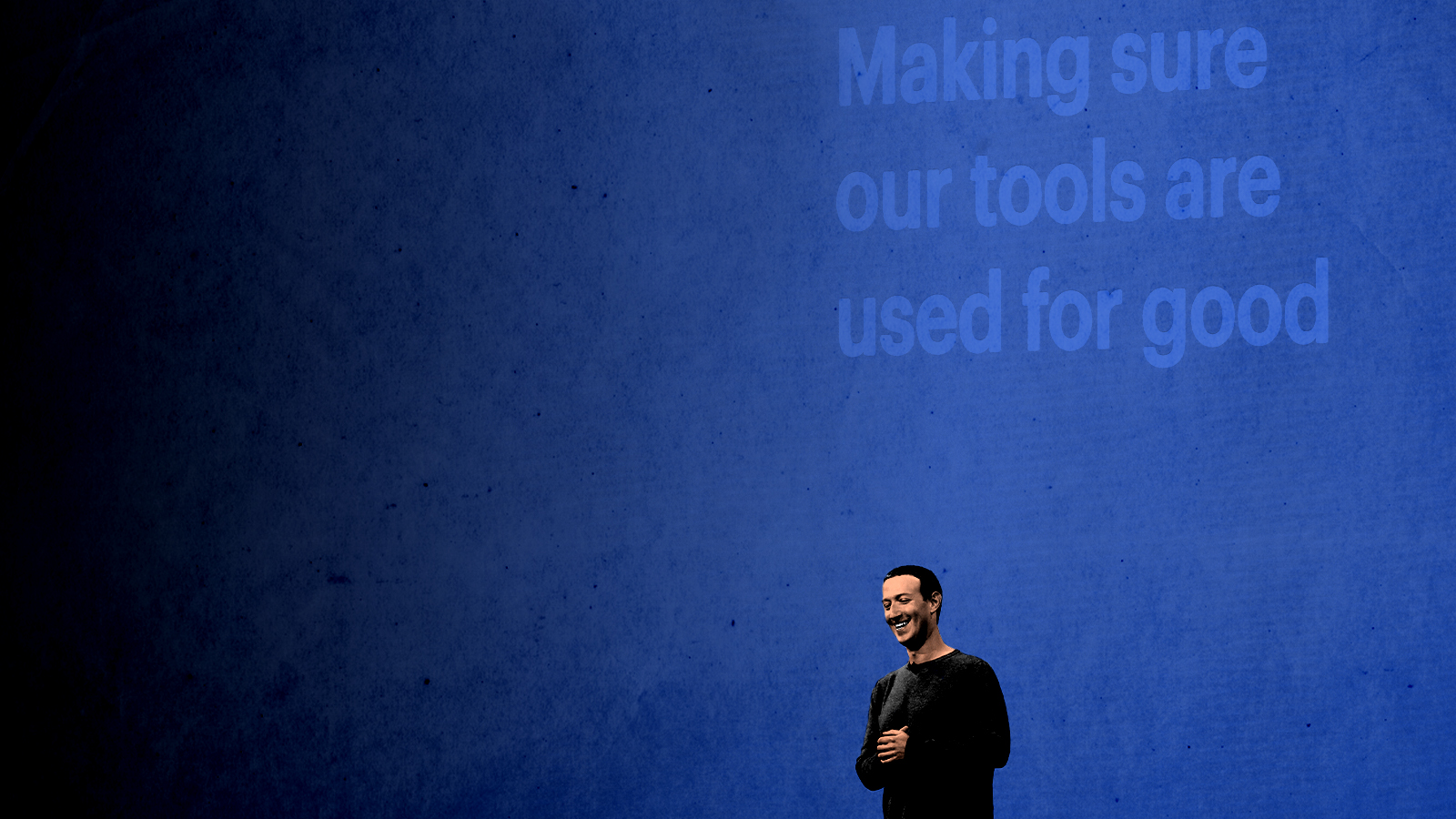 How do you solve a problem like Facebook?
How do you solve a problem like Facebook?The Explainer The social media giant is under intense scrutiny. But can it be reined in?
-
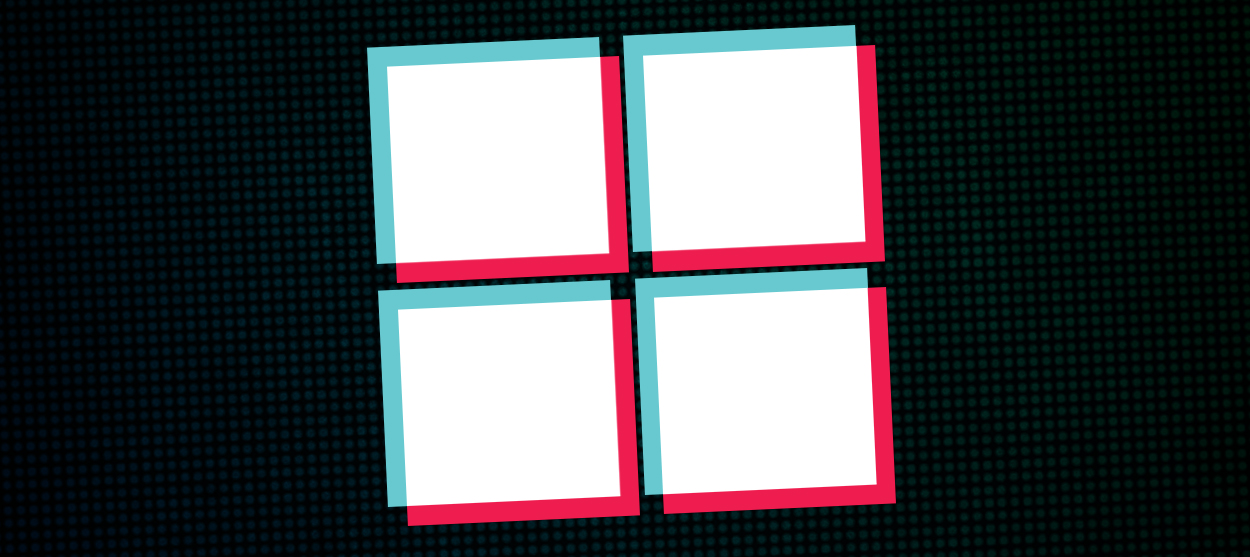 Microsoft's big bid for Gen Z
Microsoft's big bid for Gen ZThe Explainer Why the software giant wants to buy TikTok
-
 Apple is about to start making laptops a lot more like phones
Apple is about to start making laptops a lot more like phonesThe Explainer A whole new era in the world of Mac
-
Why are calendar apps so awful?
The Explainer Honestly it's a wonder we manage to schedule anything at all
-
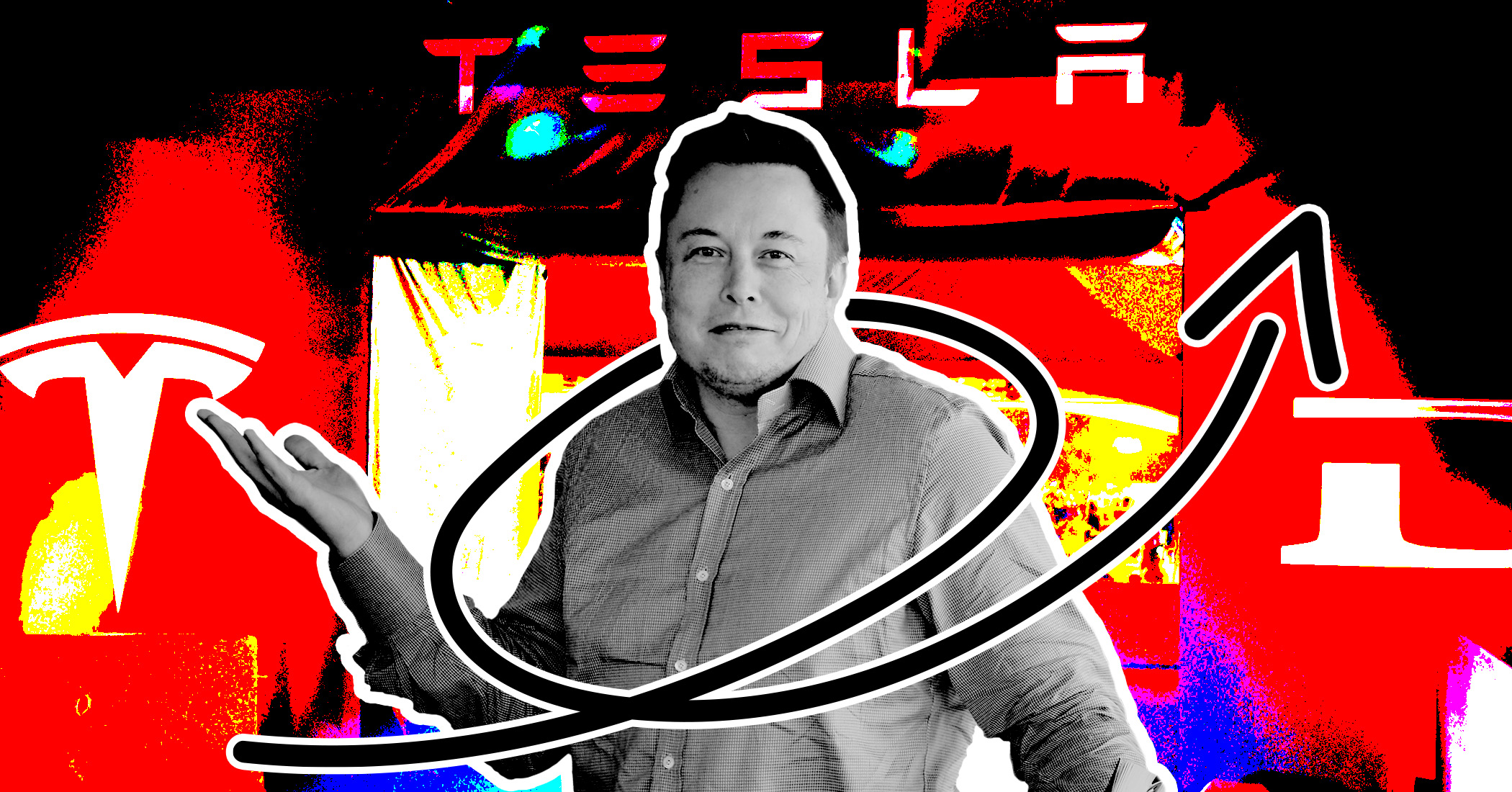 Tesla's stock price has skyrocketed. Is there a catch?
Tesla's stock price has skyrocketed. Is there a catch?The Explainer The oddball story behind the electric car company's rapid turnaround
-
 How robocalls became America's most prevalent crime
How robocalls became America's most prevalent crimeThe Explainer Today, half of all phone calls are automated scams. Here's everything you need to know.
-
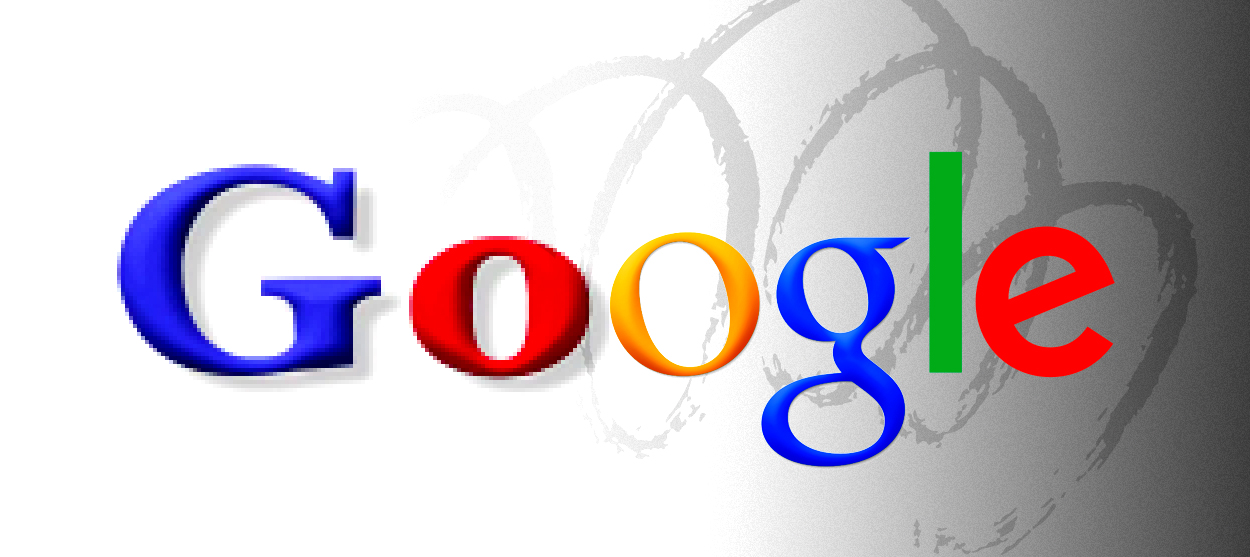 Google's uncertain future
Google's uncertain futureThe Explainer As Larry Page and Sergey Brin officially step down, the company is at a crossroads
-
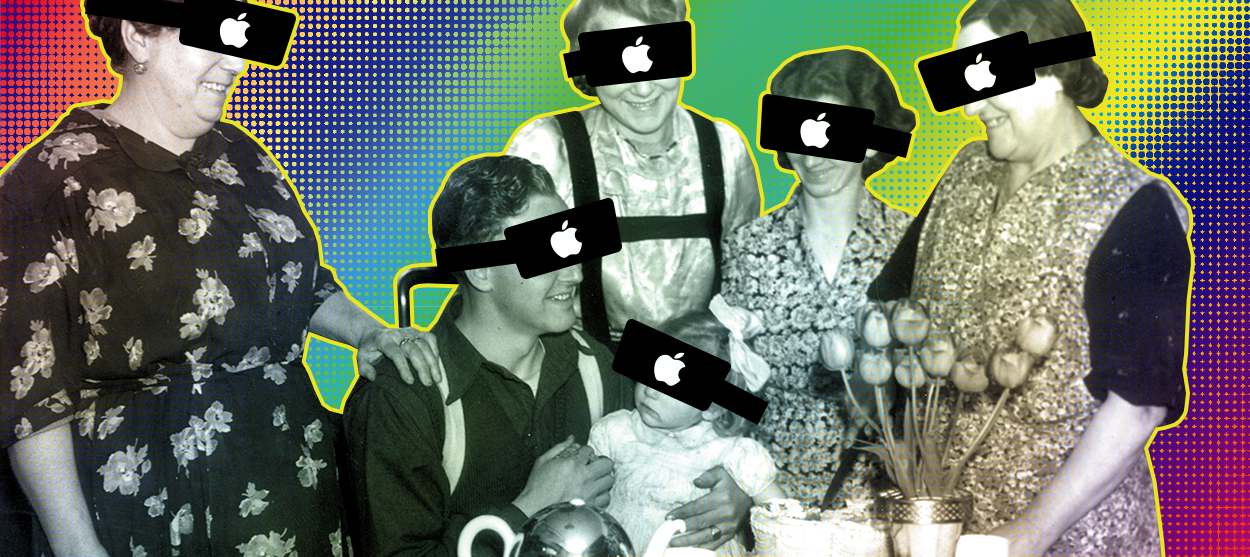 Can Apple make VR mainstream?
Can Apple make VR mainstream?The Explainer What to think of the company's foray into augmented reality
